Summer 2021 PEAK Experiences Awardees
Congratulations to the COE student recipients of the Summer 2021 PEAK Experiences Awards. The PEAK Experiences Awards are a progressively structured sequence of opportunities designed to support learners as they continue climbing to new heights of achievement in undergraduate research and creative endeavor throughout their Northeastern journeys.
| BASE CAMP AWARDS |
|---|
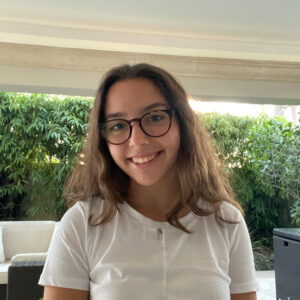 Ana Salichs, E’22, “Colorimetric Assays on Microphysiological Systems” Ana Salichs, E’22, “Colorimetric Assays on Microphysiological Systems”Mentor: Professor Ryan Koppes, College of Engineering, Chemical Engineering |
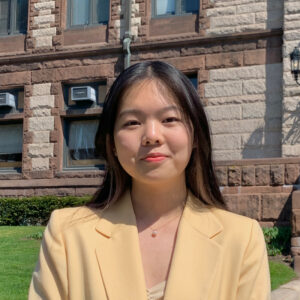 Catherine Zhou, E’25, “Monte Carlo Simulations of the Liquid-Vapor Coexistence in a Langmuir Monolayer of Pentadecanoic Acid and Palmitic Acid” Catherine Zhou, E’25, “Monte Carlo Simulations of the Liquid-Vapor Coexistence in a Langmuir Monolayer of Pentadecanoic Acid and Palmitic Acid”Mentor: Professor Mona Minkara, College of Engineering, Bioengineering Properties of palmitic acid, the most common fatty acid that serves as a building block in lung surfactants, will be studied by developing a computational model from extending onto prior research through performing Monte Carlo simulations on the liquid-vapor coexistence of Pentadecanoic acid on a Langmuir monolayer. |
| ASCENT AWARDS |
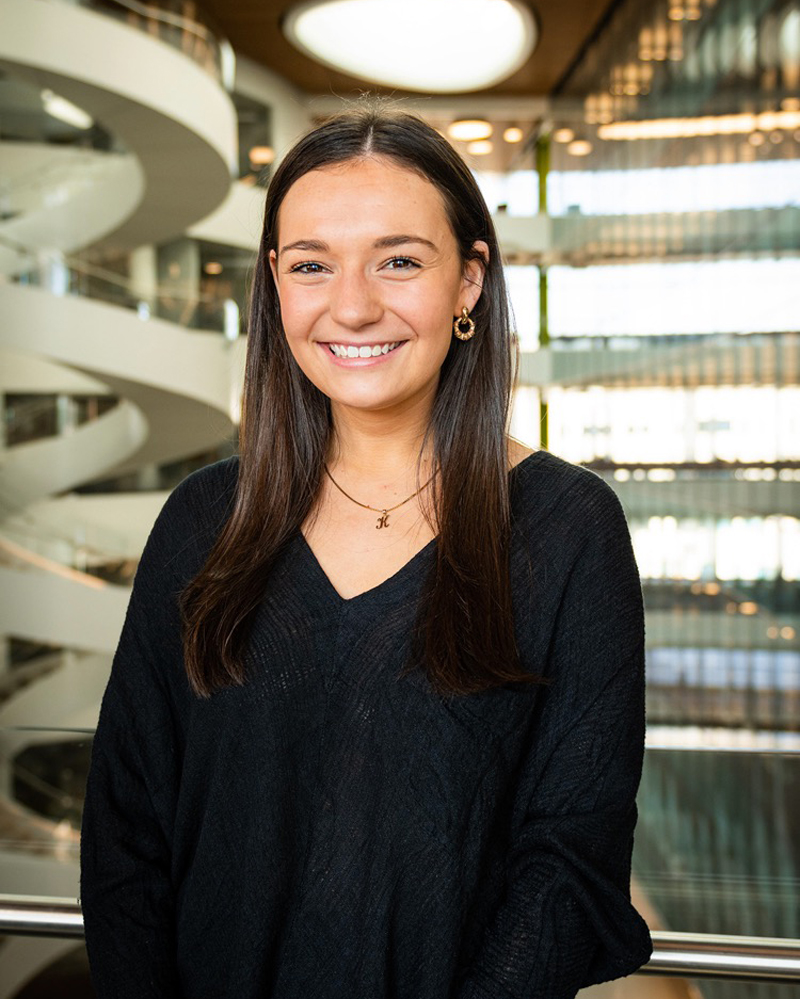 Katherine Coyne, S’23, “Characterizing Antagonistic Anti-CD47 Antibodies that Induce Macrophage Phagocytosis” Katherine Coyne, S’23, “Characterizing Antagonistic Anti-CD47 Antibodies that Induce Macrophage Phagocytosis”Mentor: Professor Hari Parameswaran, COE, Bioengineering The CD47/SIRPa axis is a modulator for the protection of healthy cells. Numerous cancers take advantage of this by overexpressing CD47. They continuously create a “don’t eat me” signal preventing macrophages from performing phagocytosis on cancer cells. The goal is to find antagonistic CD47 antibodies that inhibit CD47 and SIRPa binding. This will be done by discovering antibodies; performing biochemical characterization; and using biological assays to test the antibodies’ ability to restore macrophage phagocytosis. These antibodies can be a new immunotherapy and treatment option for multiple types of cancer. This can be shared through RISE, the Dana-Farber community, and beyond. |
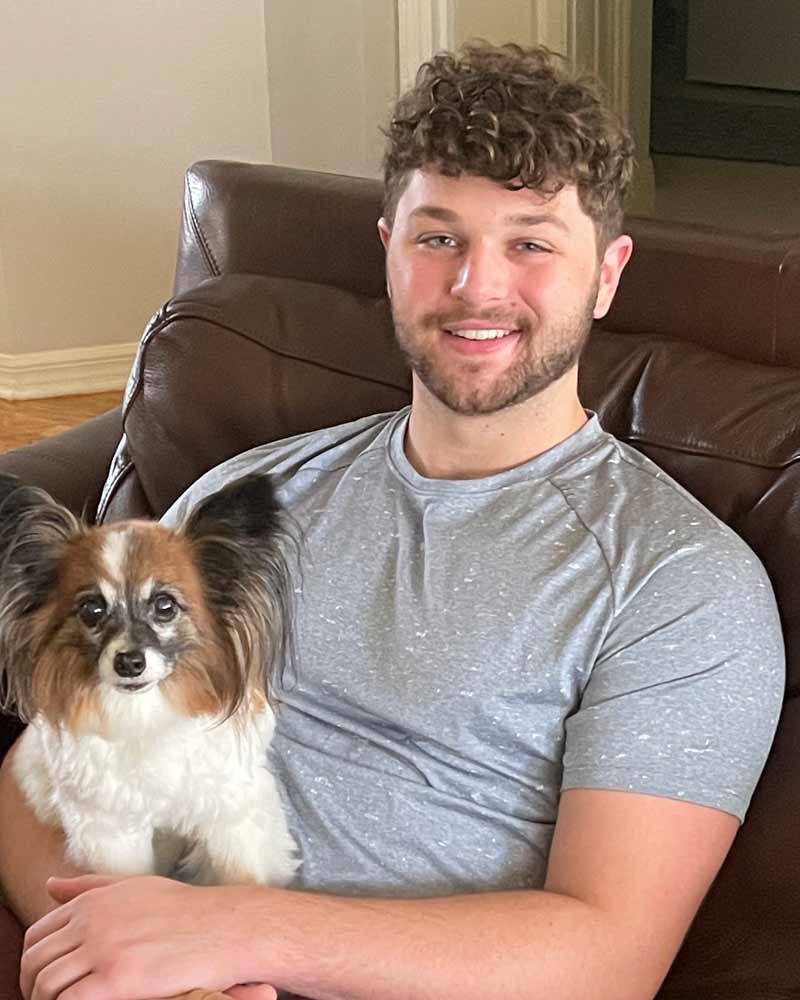 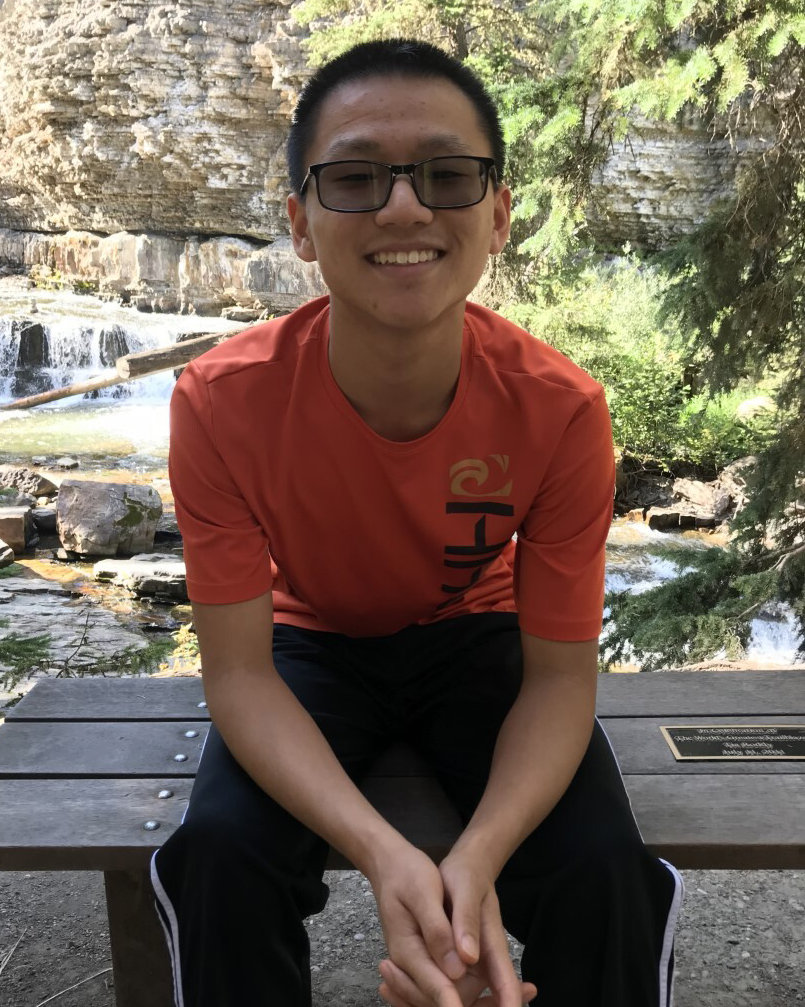 Zachary Fagiani, E’22 & Ethan Wong, S’24, “Functional TMT” Zachary Fagiani, E’22 & Ethan Wong, S’24, “Functional TMT”Mentor: Professor Eugene Tunik, Bouvé, Phys Therapy/Movemnt/Rehab Sci Our purpose for this research project is to continue the development of a new method for the assessment of cognitive processing speed and executive function that includes an aspect of motor function. We have developed a new variant of the classical Trail Making Test (TMT) that uses three-dimensional objects to incorporate an aspect of motor function into the test. We will be working with data which has been gathered from gaze tracking hardware and processed through proprietary software in order to analyze a variety of metrics, including features of visual search, working memory, and processing speed. |
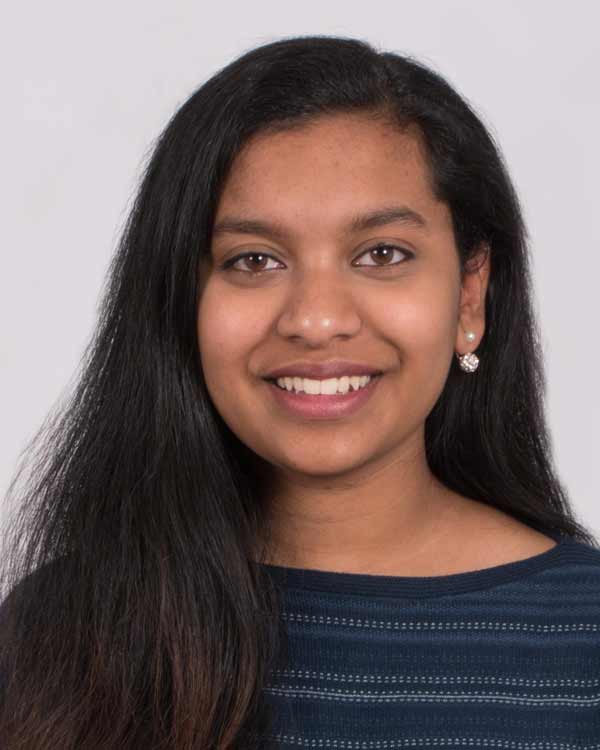 Katlyn Lloyd, E’22, “Quantifying the Effects of Mechanics on Joint Formation” Katlyn Lloyd, E’22, “Quantifying the Effects of Mechanics on Joint Formation”Mentor: Professor Sandra Shefelbine, COE, Mech & Industrial Engineering This project involves the creation of a data analysis pipeline in MATLAB to quantitatively identify the effects of mechanics on joint formation. Using 3D light-sheet microscopy images of axolotl humeri, an experimental group in which mechanical stimuli were inhibited will be compared to a control group. The differences between these two groups will be quantified and analyzed. The results of this project will be used in the development of a computational finite-element model and presented at RISE. Ultimately, the learnings of this project can help inform how mechanics play a role in therapies for joint deformities. |
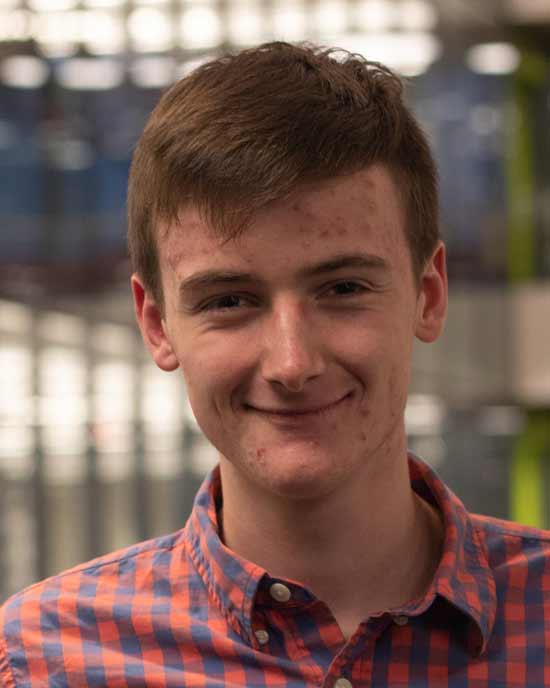 Tyler Locke, S’23, “Molecular Dynamics Simulations of Pulmonary Surfactant Protein B” Tyler Locke, S’23, “Molecular Dynamics Simulations of Pulmonary Surfactant Protein B”Mentor: Professor Mona Minkara, COE, Bioengineering Pulmonary surfactant is a complex biological system that is vital to proper respiratory function. Despite this, the function of surfactant and its components is still not very well understood. This project seeks to improve our understanding of this system by using computational techniques to analyze the structural and functional properties of Surfactant Protein B, an important surfactant protein component. |
 Katherine Miller, E’23, “Characterizing the Extracellular Polymeric Substance Produced by the Acetogen, Eubacterium Limosum” Katherine Miller, E’23, “Characterizing the Extracellular Polymeric Substance Produced by the Acetogen, Eubacterium Limosum”Mentor: Professor Benjamin Woolston, COE, Chemical Engineering This research is aimed at investigating the extracellular polymeric substance (EPS) produced by E. Limosum to determine its macromolecular composition, and how temperature, culture maturity and strain variation affect this composition. Since the EPS matrix represents the immediate environment in which the organism lives, understanding its properties will expand our understanding of this acetogenic bacterium. The EPS will be analyzed using BCA protein assay, the phenol-sulfuric acid method for carbohydrate quantification, and ethidium bromide assay for DNA quantification. Macromolecular ratios of the EPS are expected to vary with temperature, maturity and strain. Results will be presented at RISE. |
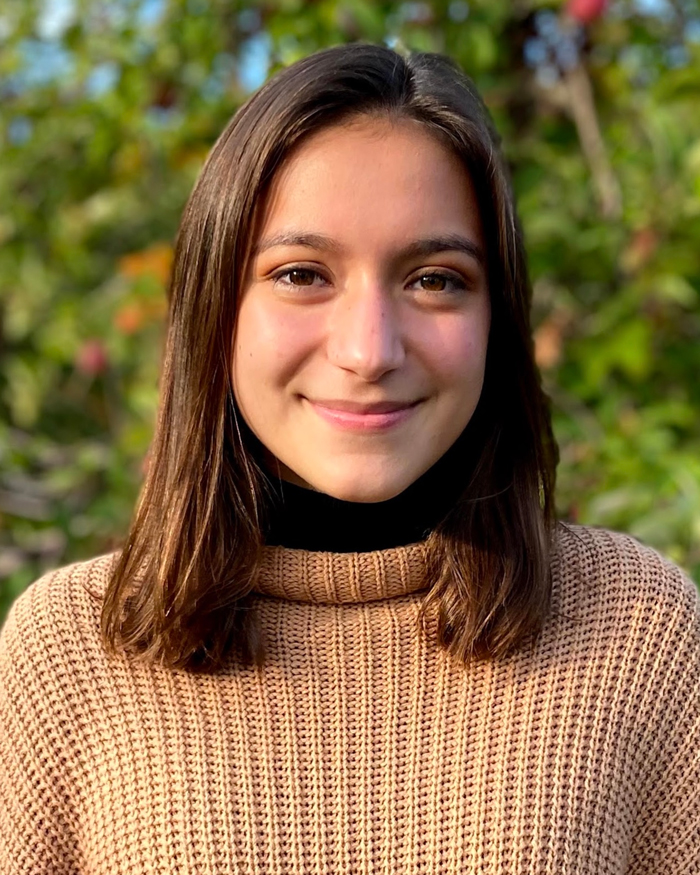 Jessica Nemeth, E’24, “Powering Transportation Sustainably: An Investigation of the Anion Exchange Membrane System” Jessica Nemeth, E’24, “Powering Transportation Sustainably: An Investigation of the Anion Exchange Membrane System”Mentor: Professor Sanjeev Mukerjee, COS, Chemistry & Chemical Biology Within the stride towards decarbonization, several low-temperature electrolyzer technologies are under investigation to replace fossil-fuel combustion with carbon-negative hydrogen fuel. A technology within this field, the anion exchange membrane system, offers the best cost performance-durability tradeoff using $0.02/KWh of electricity at a 40% capacity factor. This project seeks to create a clear pathway to reduce the cost of hydrogen by examining the effect of various buffer configurations, production of local hydroxyl ions, and the effect of various cations on both oxygen and hydrogen evolution reactions within the anion exchange membrane system. |
 Garrit Strenge, E’24, “Determination of Object Position, Orientation and Affordances using Computer Vision” Garrit Strenge, E’24, “Determination of Object Position, Orientation and Affordances using Computer Vision”Mentor: Professor Deniz Erdogmus, COE, Electrical and Comp Engineering The handover of objects between two people seems trivial, but only because humans are adept at inferring and anticipating shared intentions and actions. As robots enter our lives, their ability to assist us will depend on their ability to enable natural human engagement. This project aims to assist in giving robots the ability to visually track objects being handed over by using computer vision to detect the object’s position, orientation, and affordances – allowing a robotic system to act accordingly and grasp the object correctly. Results from the computer vision approach will be validated against ground truth motion capture data. |
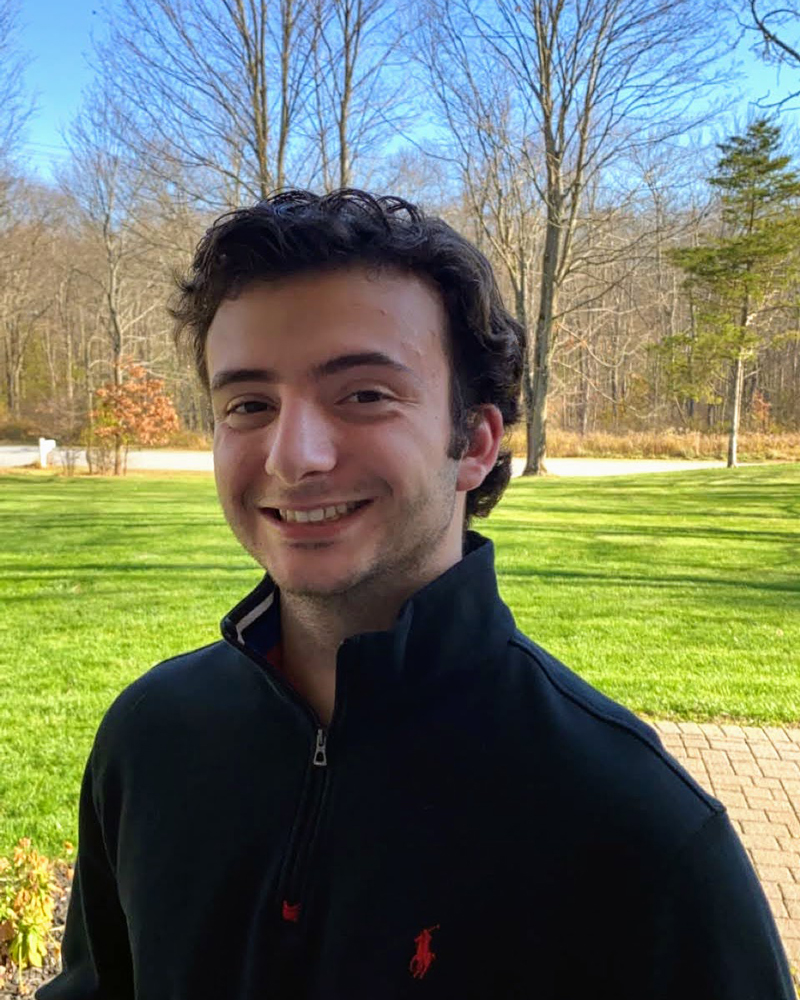 Zachary Tamweber, E’22, “Human Surfactant Protein A and the Immune Response System” Zachary Tamweber, E’22, “Human Surfactant Protein A and the Immune Response System”Mentor: Professor Mona Minkara, COE, Bioengineering Human surfactant proteins play a diverse and important role in our lungs. Surfactant Protein A (SP-A) is a part of our innate immune system and is used to opsonize foreign pathogens in our alveoli, marking them for destruction by alveolar macrophages. The exact mechanism by which SP-A marks these invaders for phagocytosis is not well understood. By employing molecular dynamics simulations, I intend to simulate the interaction between SP-A and pathogens, particularly the SARS-CoV-2 virus. By improving our understanding of the SP-A mechanism, we may discover better drug targets or treatment methods. |
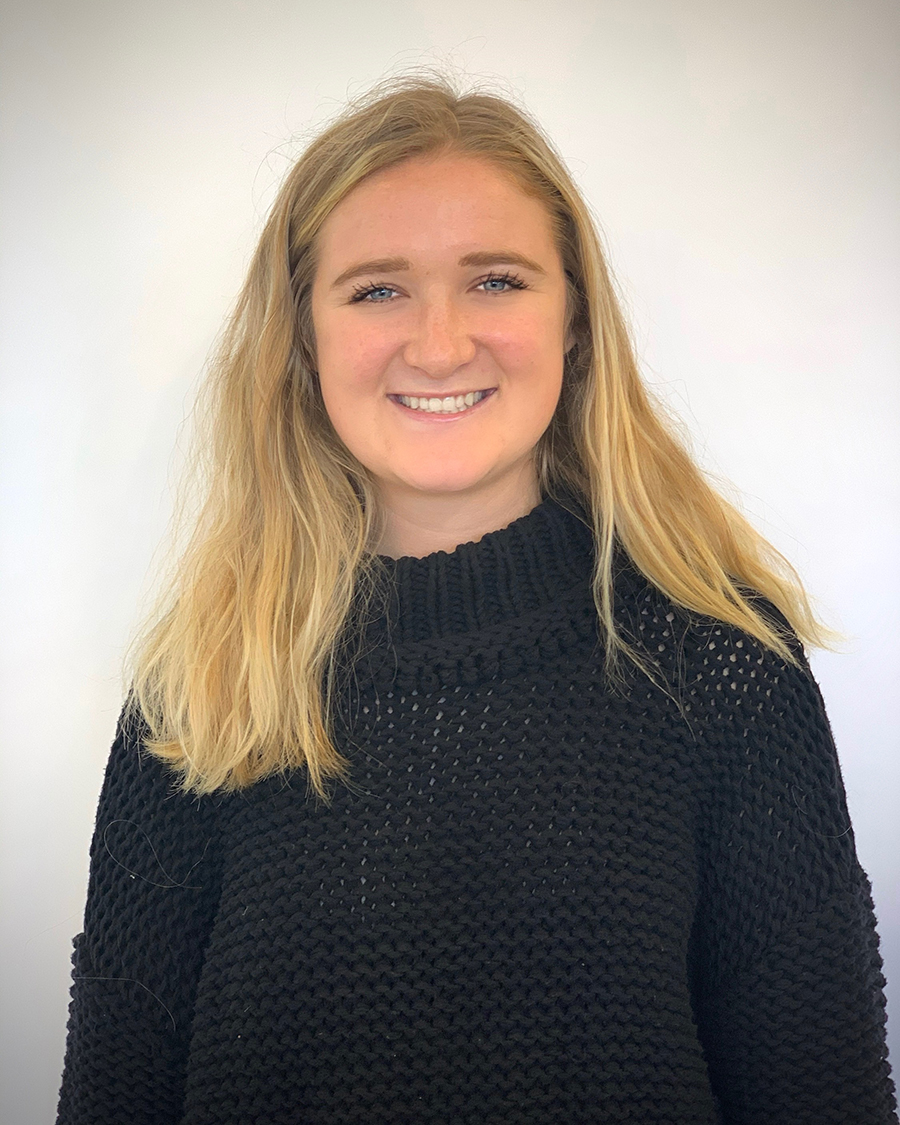 Erika Wheeler, E’22, “Gender Differences on the GI tract in IBS and IBD Patients” Erika Wheeler, E’22, “Gender Differences on the GI tract in IBS and IBD Patients”Mentor: Professor Abigail Koppes, COE, Chemical Engineering The purpose of this project is to investigate and characterize differences in epithelial tissue of the gastrointestinal (GI) tract of male and female mice. This project will be continued throughout the Fall of 2021 while I continue my studies. This project would use epithelial tissue from male and female mice and stem cells to develop organoids to evaluate their characteristics to identify significant differences. The project would be shared at RISE and possibly the BMES symposium the following year. |
| SUMMIT AWARDS |
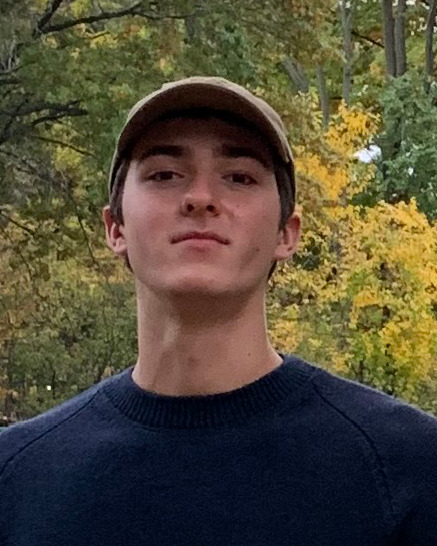  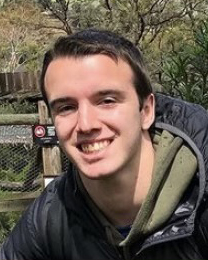 Alex Anderson, S’23; Chase Leffers, E’23; Scott Beattie, E’23, “Project Mitosis” Alex Anderson, S’23; Chase Leffers, E’23; Scott Beattie, E’23, “Project Mitosis”Mentor: Professor Robert McOwen, COS, Mathematics Project Mitosis aims to develop self-replicating fabrication equipment that can be distributed to underserved educational institutions. The product will be capable of 3D printing and CNC milling, with all printed materials being made from bioplastics. It is estimated that the US public school system is underfunded by nearly one-hundred-fifty billion dollars [Century Foundation, 2018]. Project Mitosis aims to solve this social development problem, by decentralizing access to STEM equipment. The societal benefits will be immeasurable in the long term, as the very nature of the S-RFE is to bring ideas to life, to empower those who wish to create. |
 Ramya Kumar, S’22, “Development of Lipoplexes-Containing Cryogels for Cancer Immunotherapy” Ramya Kumar, S’22, “Development of Lipoplexes-Containing Cryogels for Cancer Immunotherapy”Mentor: Professor Sidi Bencherif, COE, Chemical Engineering This project will involve integrating lipoplexes into cryogels to create innovative immunotherapy. Cryogels are a form of macroporous hydrogels, and Lipoplexes are a non-viral vector that can carry nucleic acids into the body. Cryogels have never been used as a method for delivering lipoplexes as immunotherapy, until now. The research will examine the effectiveness of this technology in-vitro and in-vivo; effectiveness will evaluated using flow cytometry and ELISA assays. If the method is effective, this therapy will elicit a strong immune response while maintaining a cell viability greater than 90%. Results from the study will be shared at RISE. |
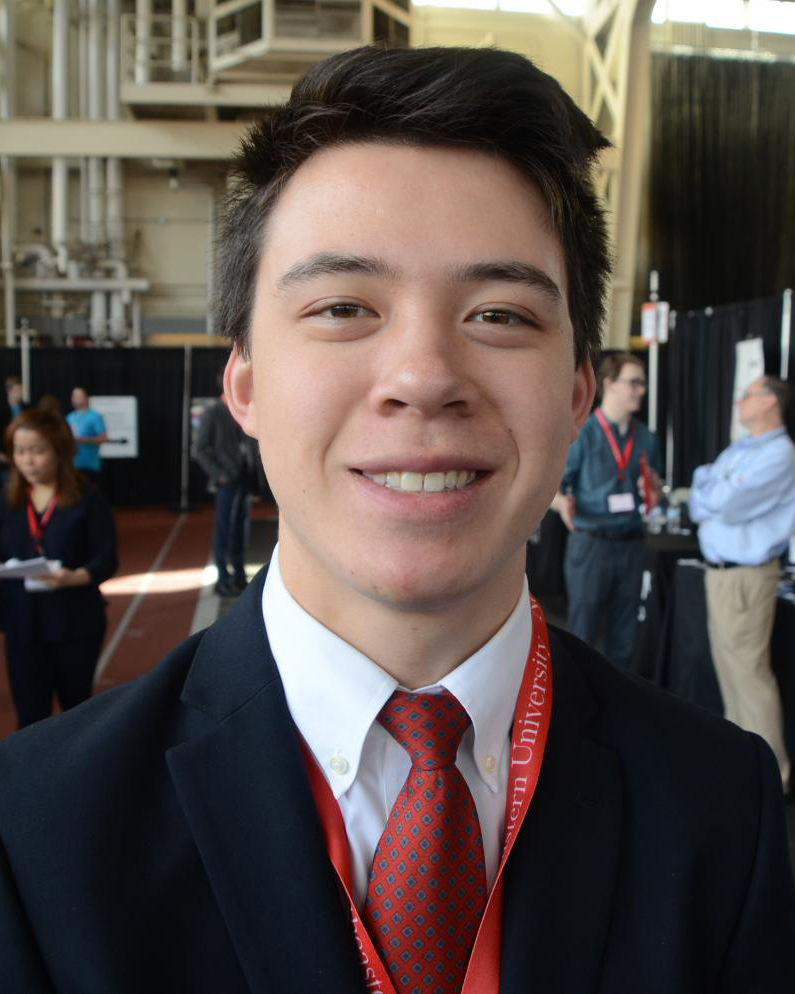 Matthew Schroeter, E’22, “Design of Feedback Driven Actuators for Flapping Wing Drone” Matthew Schroeter, E’22, “Design of Feedback Driven Actuators for Flapping Wing Drone”Mentor: Professor Alireza Ramezani, COE, Electrical and Comp Engineerng Underground sewer systems are rapidly deteriorating, exposing an urgent need to develop efficient sewer diagnostic tools. Current sewer inspection methods are too inaccurate to reliably identify sewer faults. Our solution is Aerobat, a bio-inspired flapping-wing robot, which can be deployed in swarms to rapidly identify regions of sewer needing repair. The goal of this project is to develop novel actuators that provide Aerobat closed-loop flight control, providing the basis for higher-level path planning to be implemented in future works. This will significantly advance the mobility of aerial vehicles by improving the feasibility of flapping wing drones. |
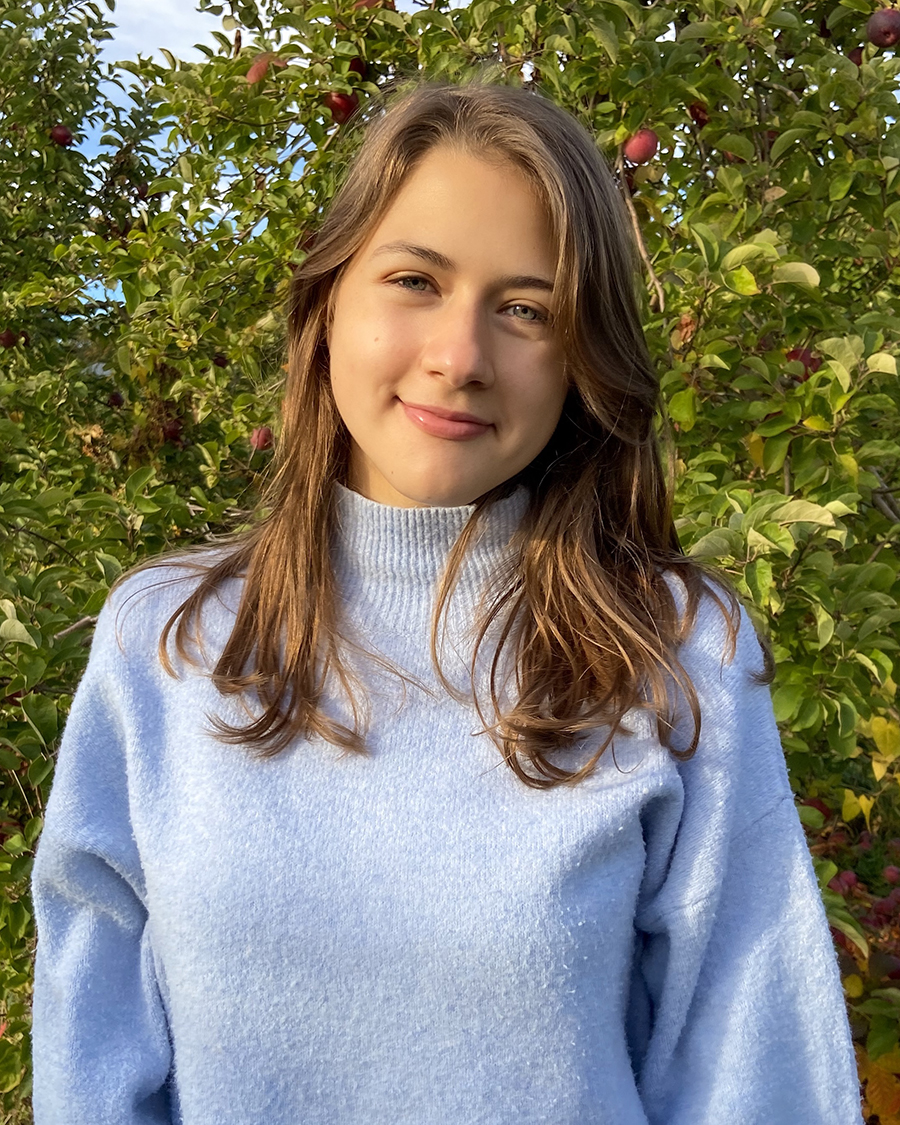 Rayne Skillin, E’23, “The Effect of Drifting Non-Stationary Components in the Lorenz System on Predictably with Application to Urban and Non-Urban Climate Observations” Rayne Skillin, E’23, “The Effect of Drifting Non-Stationary Components in the Lorenz System on Predictably with Application to Urban and Non-Urban Climate Observations”Mentor: Professor Auroop Ganguly, COE, Civil & Environmental Engineer Natural chaos in the earth system resulting in inherent limits to climate predictability must be accounted for when formulating disaster preparedness and recovery measures for populous urban centers, which have recently experienced increased intensity and frequency of climate extremes. To better understand differences in climate predictability between urban and non-urban areas, this project seeks to detect the presence of a drifting non-stationary component in simulated Lorenz system data and to explore the presence of chaos in observed urban and non-urban temperature and precipitation data. Upon completion, these interrelated hypothesis-driven studies will be submitted for publishing in peer-reviewed academic journals. |
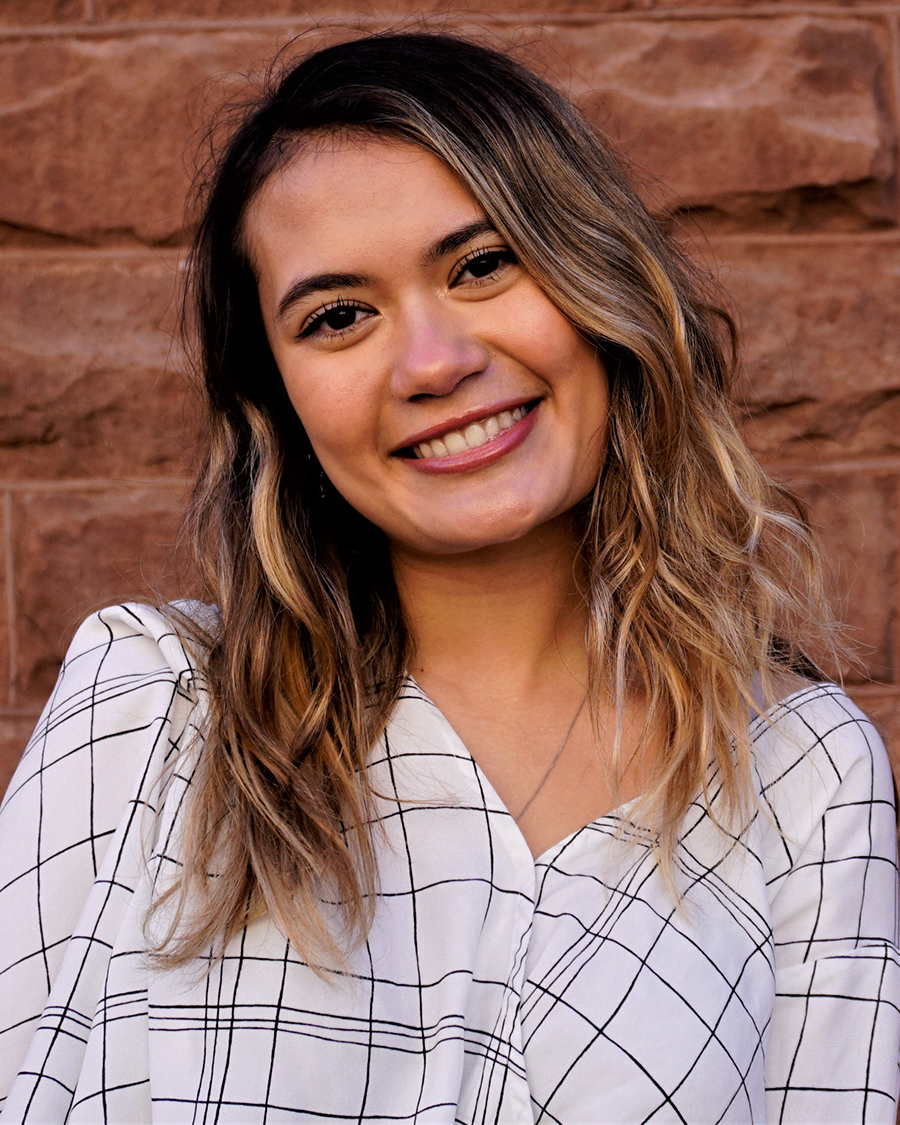 Aisha Svihla, E’21, “Developing Oxygen-Controlling Cell Culture Vessels for Hypoxic 2D Cell Culture” Aisha Svihla, E’21, “Developing Oxygen-Controlling Cell Culture Vessels for Hypoxic 2D Cell Culture”Mentor: Professor Sidi Bencherif, COE, Chemical Engineering Cell culture is one of the most useful and ubiquitous techniques in biomedical research. Oxygen is an essential and critical parameter in cell culture and plays a vital role in cell function and proliferation but is not conventionally controlled in traditional cell culture systems. To address this unmet need in 2-D cell culture we aim to endow the cell culture vessels that scientists already use to culture their cells with oxygen-controlling capability. This technology bypasses the need for costly laboratory equipment and provides a ready-to-use cell culture vessel that precisely controls oxygen. |
| TRAIL BLAZER AWARD |
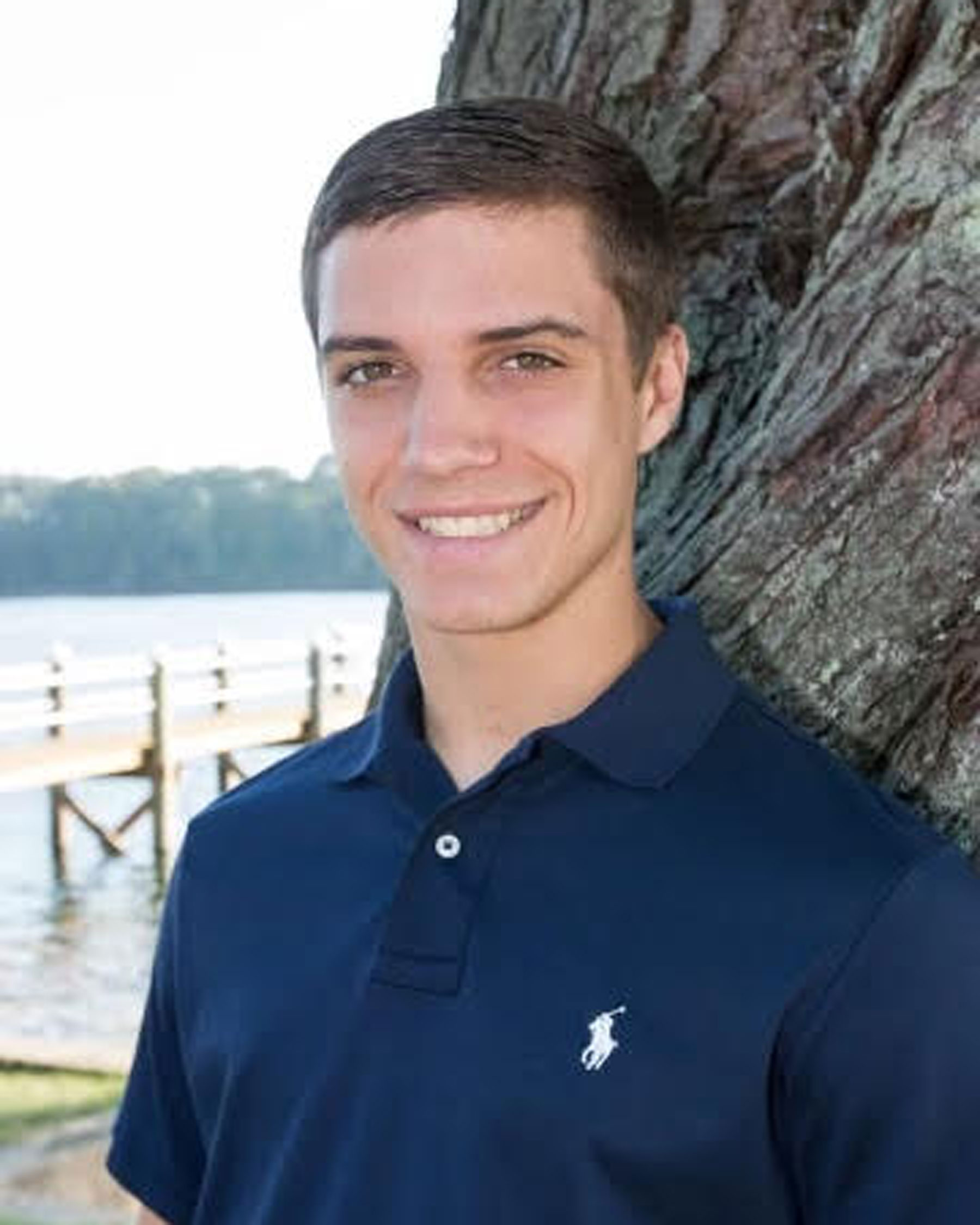 Ryan Brady, E’22, “Integration of Biological Sensors into Organ-on-Chip Systems” Ryan Brady, E’22, “Integration of Biological Sensors into Organ-on-Chip Systems”Mentor: Professor Ryan Koppes, COE, Chemical Engineering The goal of this project is to integrate multiple biological sensors into an Organ-on-Chip (OOC) to better characterize the system. Specifically, I plan to integrate three sensing capacities: pH, O 2 , and optical fluorescence as they provide a representative overview of cell growth conditions. Traditional OOCs utilize microscopy to assess cell characteristics. The integration of thes sensors will provide a quantitative alternative in order to more accurately capture cell behavior. This is directly applicable to OOCs due to their use as disease and organ models for drug development. The more complete data can be collected, the more effective models they become. |
 Ben Carter, E’21, “The Effects of External Stimulants on the Expression and Differentiation of Intestinal Epithelium” Ben Carter, E’21, “The Effects of External Stimulants on the Expression and Differentiation of Intestinal Epithelium”Mentor: Professor Ryan Koppes, COE, Chemical Engineering Many mental diseases, such as Alzheimer s Disease, Parkinson s Disease, and depression have been linked to inflammation in the gut, which is caused by an imbalance between the immune system and gut bacteria. The mechanisms by which bacteria cause inflammation and disease are not fully understood. This project aims to progress the current knowledge of gut-bacterial imbalance by investigating how the gut epithelial lining responds to bacterial and other external stimulants. |
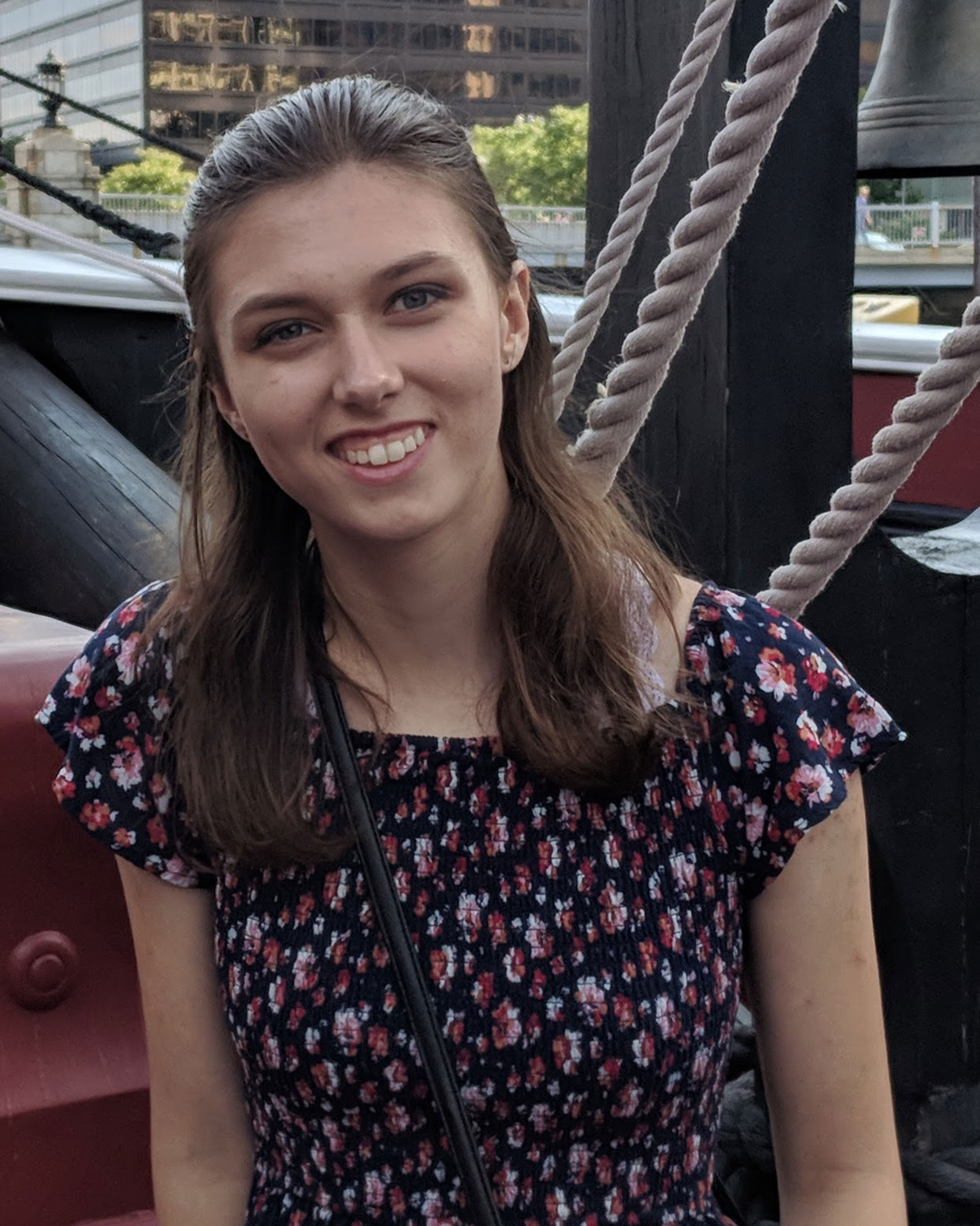 Lauren MacDonald, S’22, “Nitrogen and Phosphorus Uptake in Cyanobacteria Blooms” Lauren MacDonald, S’22, “Nitrogen and Phosphorus Uptake in Cyanobacteria Blooms”Mentor: Professor Amy Mueller, COE, Civil & Environmental Engineer The Charles River is not currently safe for recreation due to high concentrations of cyanobacteria that produce dangerous cyanotoxins and negatively impact the ecosystem. Nitrogen and phosphorus are known to accelerate the growth of cyanobacteria. This project aims to understand how the ratio between these two nutrients correlates with summertime cyanobacteria blooms by collecting granular data on nutrient concentrations in water and within cyanobacteria. This data will be corroborated with lab-scale bioassays that will compare the growth of cyanobacteria under various nutrient enrichment conditions. Collecting this data will illuminate the causes of cyanobacteria blooms which will help to eliminate them. |
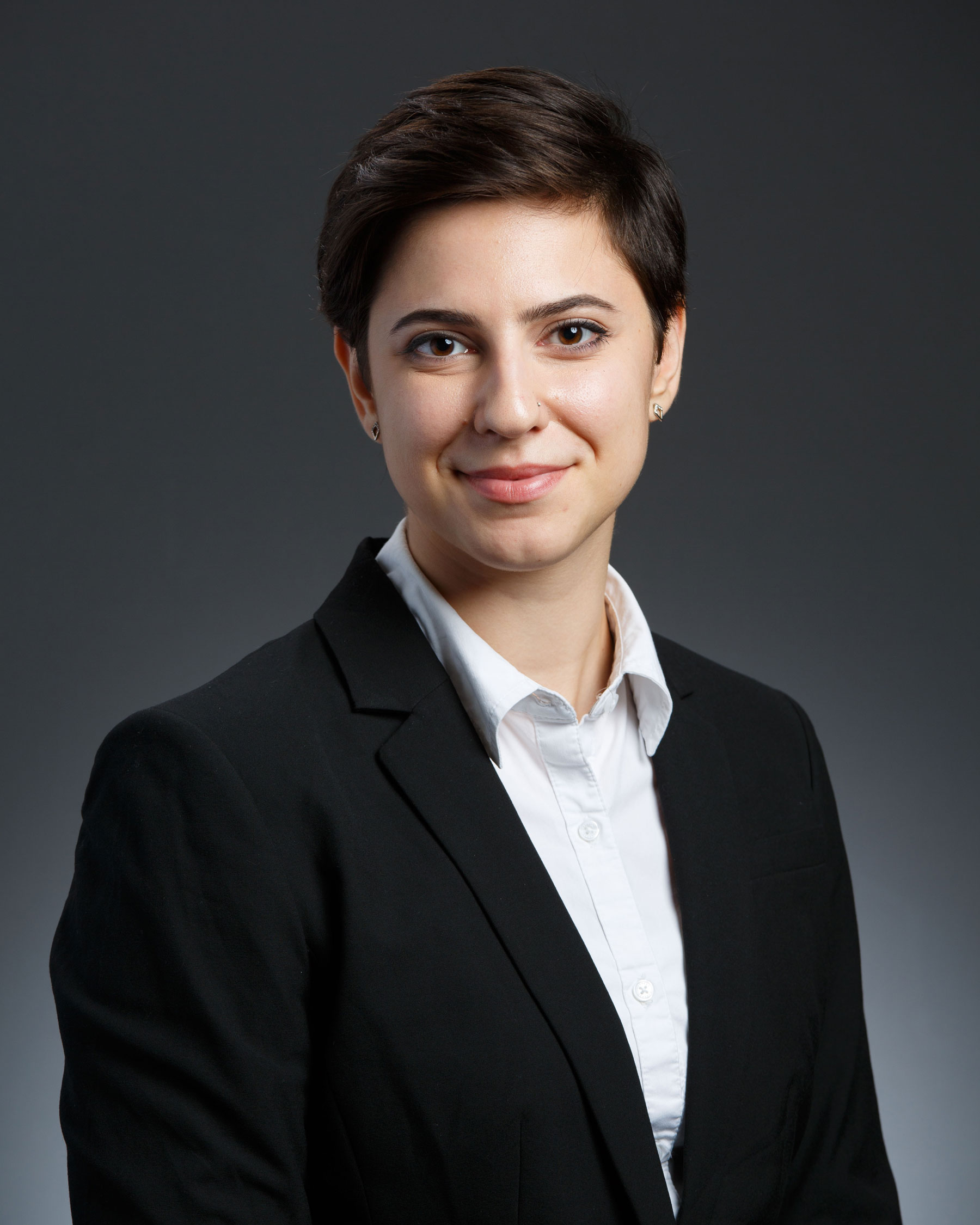 Alexandra Silverman, E’21, “Assessing Matrix Assembly Using Live-Cell Staining, Dynamic Imaging, and Immunohistochemistry in an In Vitro Model of Human Corneal Development” Alexandra Silverman, E’21, “Assessing Matrix Assembly Using Live-Cell Staining, Dynamic Imaging, and Immunohistochemistry in an In Vitro Model of Human Corneal Development”Mentor: Professor Jeffrey Ruberti, COE, Bioengineering How is tissue built? Despite more than a century of research, this fundamental question remains unanswered. To address this, I study human corneal fibroblasts and have previously demonstrated that they contract rapidly to produce thin, persistent filaments. We hypothesize these filaments are crucial to tissue growth, and that characterizing them will give insight into how corneal tissue develops and establish a protocol for future tissue engineering research. To non-destructively identify the proteins in these delicate filaments, I will optimize and integrate multiple protein staining protocols, including incorporating fluorescently labeled proteins, adding a collagen-targeted fluorescent probe, and performing immunohistochemistry. |
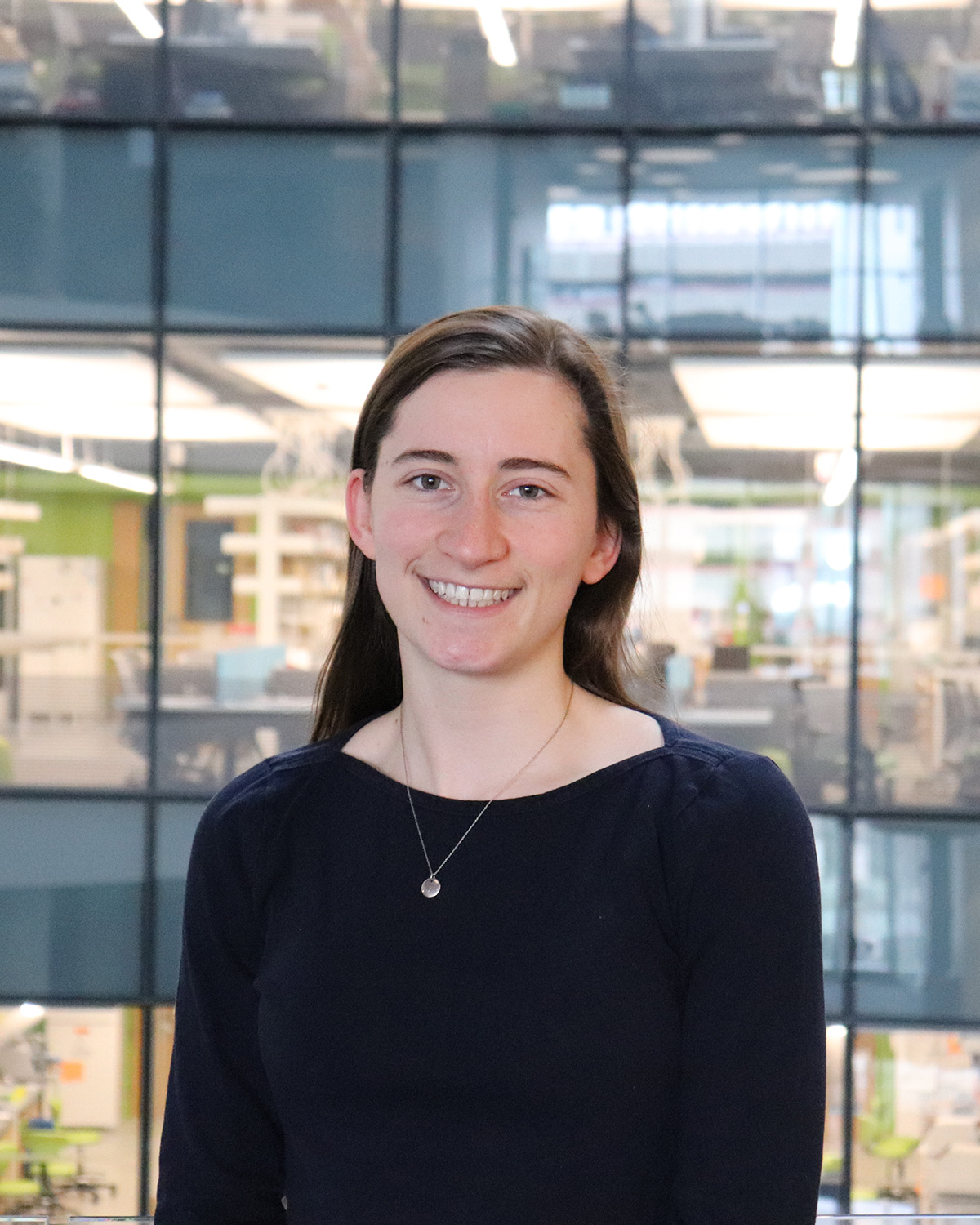 Teddi Stanley, Bouvé’22, “Development of a Novel Conjugated Atherosclerosis Therapy” Teddi Stanley, Bouvé’22, “Development of a Novel Conjugated Atherosclerosis Therapy”Mentor: Professor Eno Ebong, COE, Chemical Engineering Cardiovascular disease (CVD) is the leading cause of death worldwide, affecting 121 million adults in the US. CVDs are caused by atherosclerosis during which vessel walls thicken and restrict blood passage. Studies observe a degraded endothelial cell glycocalyx (EC GCX) in the early stages of atherosclerosis. The EC GCX is a thin hair-like structure lining the inner walls of blood vessels. Therapies that regenerate this structure may treat atherosclerosis. This project attempts to connect two specific molecules, heparan sulfate, and Sphingosine-1-phosphate, thus creating the basis of a novel conjugated atherosclerosis therapy. |